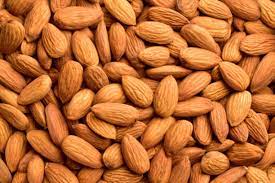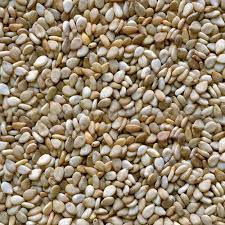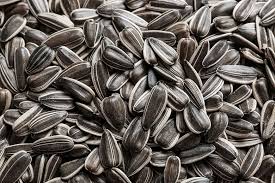Almonds Nuts
- Almond moisture should be maintained at 6% or less
- Avoid exposure to strong odors as almonds can absorb odors of other materials if exposed for prolonged periods
Description
Almonds Nuts different types of almonds that one can enjoy every day, such as the ones that you can buy that are raw. Consumers can also buy roasted almonds that are either salted or unsalted. Today there are even flavored almonds for sale. Just to name a few of the flavored ones, look for chocolate flavored almonds, mocha flavored, or cinnamon flavored, etc. One well-known brand flavors their almonds with bold flavors like honey Dijon, Habanero BBQ, and chili and lime flavors. Plain, unflavored, raw almonds can be sliced, ground into flour, or chopped. Almond flour is used in many different recipes as a replacement for wheat flour today.
California almond growers harvest at least 25 different varieties of almonds each year that are actually categorized into 3 different classifications. Each almond type has its own taste and characteristic. The 3 major classifications are;
- Nonpareil – These almonds have a thin outer shell and the kernels have a smooth, light-colored skin so they are easy to blanch. If you want a nice looking smooth kernelled almond that is somewhat flat in shape, nonpareil is the type to buy.
- California – There are several varieties included in this type. These have a harder shell, but they are still easy to blanch. Some of the varieties in this category include Carmel, Monterey and Sonora almonds.
- Mission – The almonds that get categorized in this classification have a really hard shell. The kernel inside is smaller than the Nonpareil and California almonds. Mission almonds have a dark, wrinkled skin that makes them the perfect choice for flavored almonds. Producers usually do not blanch this type of almond because of the dark wrinkly skin.
Nonpareil almond trees bloom earliest, and the fruit ripens before other types of almond trees. The other varieties can take from 25 to 60 days longer before the nuts on them are ripe enough to harvest.
SPECIFICATION ALMOND NUTS
|
Factor |
Parameters |
Common Technology |
|
VARIETY |
Shape, color, skin texture or smoothness, blanchability |
Nonpareil, Carmel, Butte, Padre, Mission, Monterey, Sonora, Fritz, Peerless, Price |
|
SIZE* |
* Count range of whole almond kernels per ounce (28.35 grams) |
18/20, 20/22, 23/25, 25/27, 27/30, 30/32, 32/34, 34/36, 36/40, or customer-specified range |
|
GRADE |
Dissimilar, doubles, chipped and scratched kernels, foreign material, split and broken kernels, other defects and serious damage |
Fancy, Extra No. 1, No. 1 (Supreme), Select Sheller Run, Standard Shell Run, No. 1 Whole and Broken, No. 1 Pieces |
|
IN-SHELL |
Shell hardness, shell integrity, suture opening, kernel quality, crack out |
Market specific, depending on how in-shell will be ultimately sold to consumers, for example: Traditional: sold in the shell—semi- or hard shell acceptable, cracked with a mechanical nut cracker Snack: sold in the shell—soft shell with greater suture opening to allow seasonings to permeate the shell Hand Crack: sold as kernels—soft shell preferred to allow manual cracking |
|
*Individual whole kernel size may vary from year to year as a result of variations in weather, growing conditions, and production yields; therefore, availability of specific sizes may be limited in some years |








Reviews
There are no reviews yet.